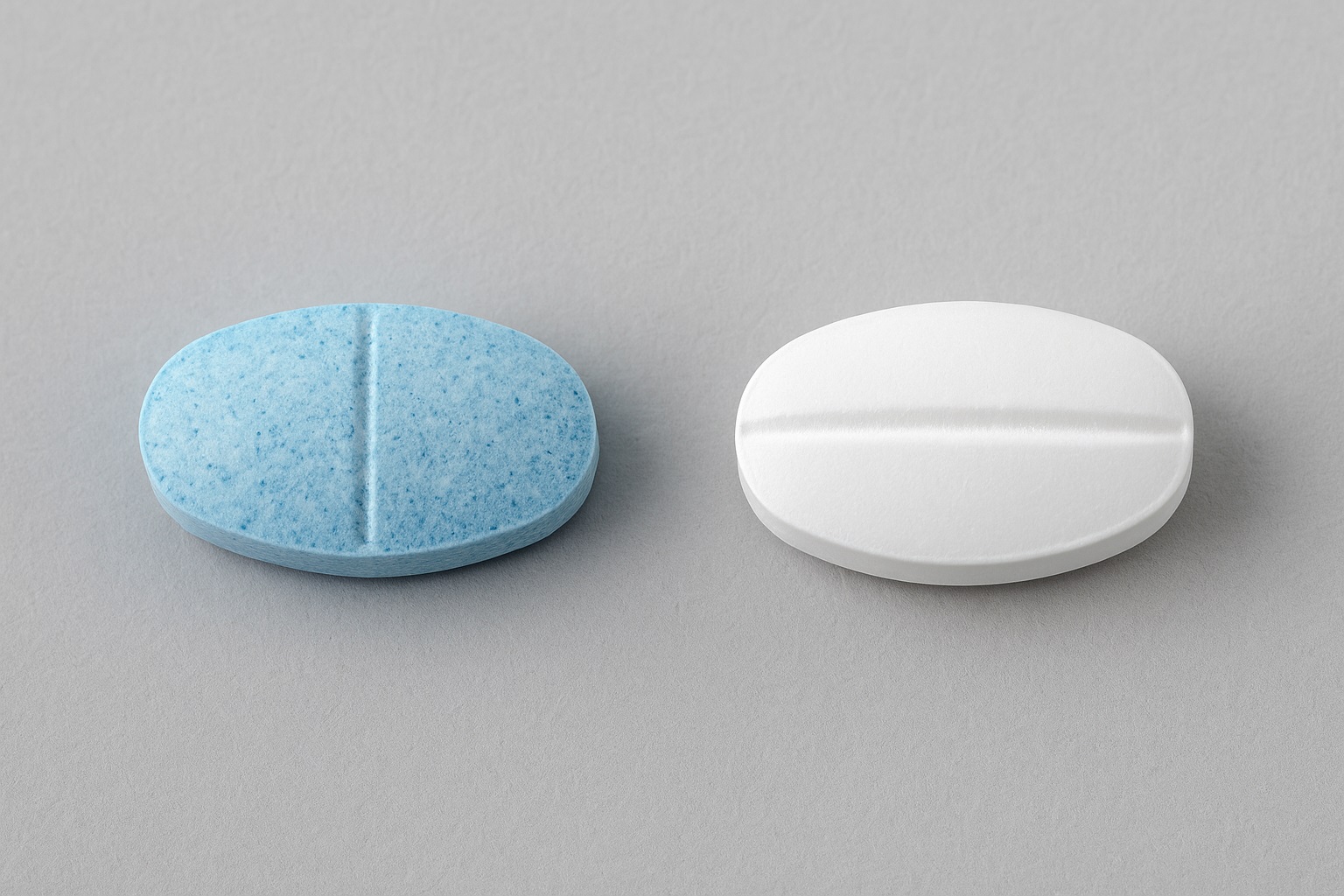At eugeroics.com we’ve spent years exploring therapies that improve the lives of people dealing with complex neurological sleep disorders. Among these, narcolepsy and idiopathic hypersomnia remain two of the most challenging to manage. While modafinil, armodafinil, and solriamfetol often dominate discussions around “wakefulness-promoting” medications—commonly grouped under the term eugeroics—the newer agent pitolisant (brand name Wakix) adds nuance to the conversation. Patients, professionals, and even students in pharmacology frequently ask: is pitolisant a eugeroic, or does it fall into a different class entirely?
This article blends medical expertise, patient-centered experience, and evidence-based insights to clarify pitolisant’s role in modern sleep medicine. We’ll also compare it with established eugeroics, discuss regulatory perspectives, and provide practical guidance for those curious about its use.
What Exactly Is a Eugeroic?
The term eugeroic comes from the Greek roots eu (good) and gero (wakefulness), literally translating to “good arousal.” Eugeroics are not classic stimulants like amphetamines, but rather medications that promote wakefulness with fewer side effects such as jitteriness, cardiovascular strain, or addiction risk.
- Classic eugeroics include:
- Modafinil (Provigil)
- Armodafinil (Nuvigil)
- Solriamfetol (Sunosi)
These medications share overlapping mechanisms—primarily targeting dopamine and norepinephrine transporters to enhance alertness during the day.
Pitolisant’s Pharmacological Profile
Unlike the drugs above, pitolisant is not a dopaminergic eugeroic. Instead, it is a histamine-3 (H3) receptor inverse agonist/antagonist. By blocking H3 receptors in the brain, pitolisant increases histamine release in the hypothalamus—a region critical for maintaining wakefulness.
- Key distinction: Pitolisant works via the histaminergic system, whereas classic eugeroics act through dopaminergic/noradrenergic systems.
- Clinical approvals:
- Approved in the European Union in 2016 for narcolepsy with or without cataplexy.
- FDA approval in 2019 for excessive daytime sleepiness (EDS) in adults with narcolepsy.
From a pharmacology standpoint, pitolisant doesn’t perfectly fit the eugeroic label. Yet in clinical practice, it is frequently grouped with them because its therapeutic outcome—promoting wakefulness—overlaps with that of modafinil and similar drugs.
Real-World Clinical Insights
In our collaborations with neurologists and sleep specialists, pitolisant is often reserved for patients who:
- Do not tolerate modafinil or armodafinil due to headaches, anxiety, or insomnia.
- Require cataplexy management, since pitolisant is also effective at reducing sudden muscle weakness episodes—a benefit not shared by most eugeroics.
- Prefer a non-controlled substance option: Unlike modafinil (Schedule IV in the USA), pitolisant is not a controlled substance, making prescribing and access somewhat easier.
Patients report a “natural” sense of wakefulness compared to the sharper, sometimes overstimulating effects of dopaminergic eugeroics. However, side effects like gastrointestinal upset or insomnia may occur during dose titration.
Comparing Pitolisant with Other Eugeroics
| Drug | Mechanism of Action | Control Status (USA) | Primary Use | Cataplexy Benefit | Approx. Cost (per month) |
|---|---|---|---|---|---|
| Modafinil | Dopamine transporter inhibition | Schedule IV | Narcolepsy, OSA, shift work | No | $30–$150 (generic) |
| Armodafinil | Dopamine transporter inhibition (R-enantiomer) | Schedule IV | Similar to modafinil | No | $100–$250 |
| Solriamfetol | Dopamine/norepinephrine reuptake inhibition | Schedule IV | EDS in narcolepsy/OSA | No | $400–$600 |
| Pitolisant | H3 receptor inverse agonist → ↑ histamine | Not controlled | Narcolepsy (EDS + cataplexy) | Yes | $600–$800 |
Sources: FDA, EMA public assessment reports, clinical prescribing data.
From a strict scientific definition, pitolisant is not a classic eugeroic, but in everyday medical practice, it is considered part of the same therapeutic family due to its overlapping role.
Alternatives and Complementary Options
Beyond pitolisant and classic eugeroics, patients and providers may consider other pharmacological strategies:
- Sodium oxybate (Xyrem, Xywav) – Nighttime therapy improving both EDS and cataplexy.
- Traditional stimulants – Such as methylphenidate or amphetamines; effective but with higher abuse risk.
- Lifestyle interventions – Scheduled naps, consistent sleep hygiene, and cognitive behavioral therapy for insomnia (CBT-I).
For patients with narcolepsy, treatment often involves layered strategies, combining pharmacological and behavioral interventions to achieve stability.
Is Pitolisant a Eugeroic? The Verdict
From a strict pharmacological lens, pitolisant is not a eugeroic. Its mechanism—histaminergic rather than dopaminergic—sets it apart. However, from a clinical and practical perspective, pitolisant functions as a wakefulness-promoting agent, and many clinicians and patients naturally categorize it alongside eugeroics.
So, when patients ask, “Is pitolisant a eugeroic?” the answer is nuanced: not technically, but functionally yes.
Key Takeaways
- Pitolisant is a histamine-based wakefulness agent, distinct from traditional eugeroics.
- It is effective for both excessive daytime sleepiness and cataplexy, making it uniquely valuable.
- Not classified as a controlled substance, pitolisant offers a practical prescribing advantage.
- Whether labeled a eugeroic or not, its real-world role is clear: a trusted tool in the narcolepsy treatment arsenal.
Conclusion: Transparency and Responsibility
At our company, we prioritize clarity and patient empowerment. While medical terminology can be confusing, our role is to simplify complex pharmacology into actionable insights. Pitolisant represents progress in narcolepsy care, and whether one calls it a eugeroic or not, the ultimate goal is the same: improving patient well-being through safe, effective treatment.
For more details, visit official regulatory guidance through the U.S. FDA or the European Medicines Agency.
